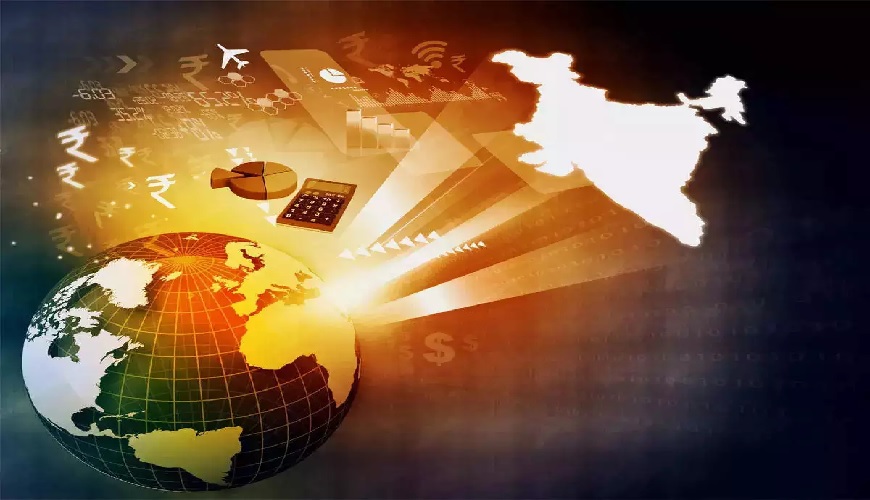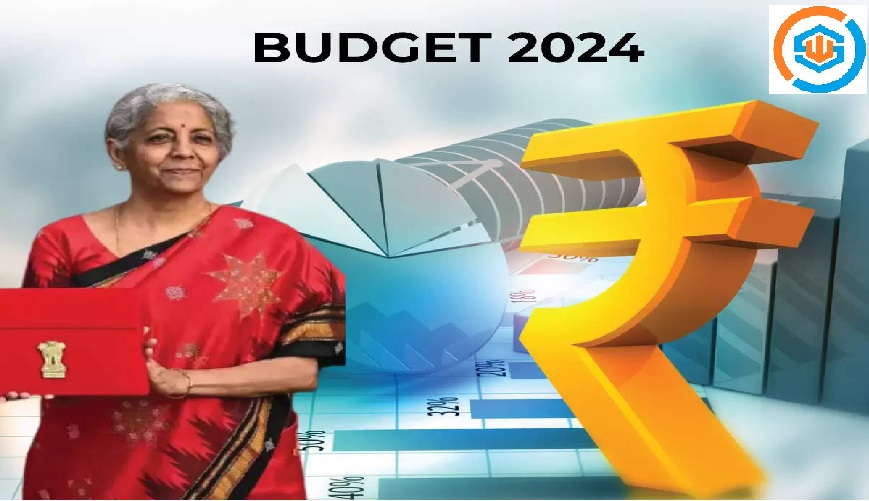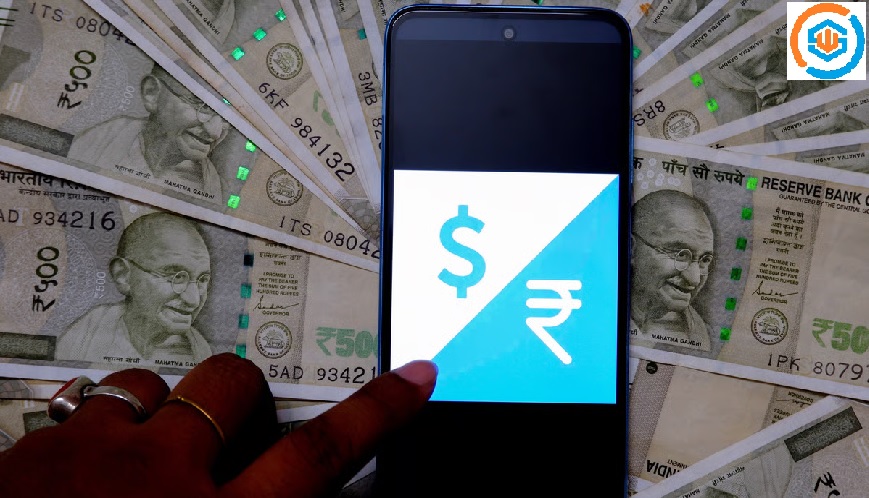
- 4 Sep
- 2022
India set to become 3rd largest economy in the world, report says
The Indian economy has undergone a large structural shift in the last eight years and is currently the 5th largest economy in the world after overtaking the United Kingdom. Going ahead, India is expected to pip Germany in 2027 and Japan by 2029 at the current rate of growth, as per a State Bank of India NSE 0.64 % (SBI) ) research report
The path taken by India since 2014 reveals India is likely to get the tag of 3rd largest economy in 2029, a movement of 7 places upwards since 2014 when India was ranked 10th, according to a research report from the State Bank of India's Economic Research Department. India should surpass Germany in 2027 and most likely Japan by 2029 at the current rate of growth.
This is a remarkable achievement by any standards, said the report, authored by Soumya Kanti Ghosh, Group Chief Economic Adviser, SBI.
India, a former British colony, leapt past the UK in the final three months of 2021 to become the fifth-biggest economy. The calculation is based in US dollars, and India extended its lead in the first quarter, according to GDP figures from the International Monetary Fund.
India's GDP growth in Q1 FY23 was 13.5 per cent. At this rate, India is likely to be the fastest growing economy in the current fiscal. Interestingly, even as estimates of India's GDP growth rate for FY23 currently range from 6.7 per cent to 7.7 per cent, we firmly believe that it is immaterial. In a world that is ravaged by uncertainties, we believe 6 per cent to 6.5 per cent growth is the new normal, the report noted.
The share of India's GDP is now at 3.5 per cent, as against 2.6 per cent in 2014 and is likely to cross 4 per cent in 2027, the current share of Germany in global GDP.
Broad-based growth of empowerment will also lift India's per capita income from current levels and this could also as a force multiplier for a better tomorrow.
The Indian economy is forecast to grow more than 7% this year. A world-beating rebound in Indian stocks this quarter has just seen their weighting rise to the second spot in the MSCI Emerging Markets Index, trailing only China’s.











